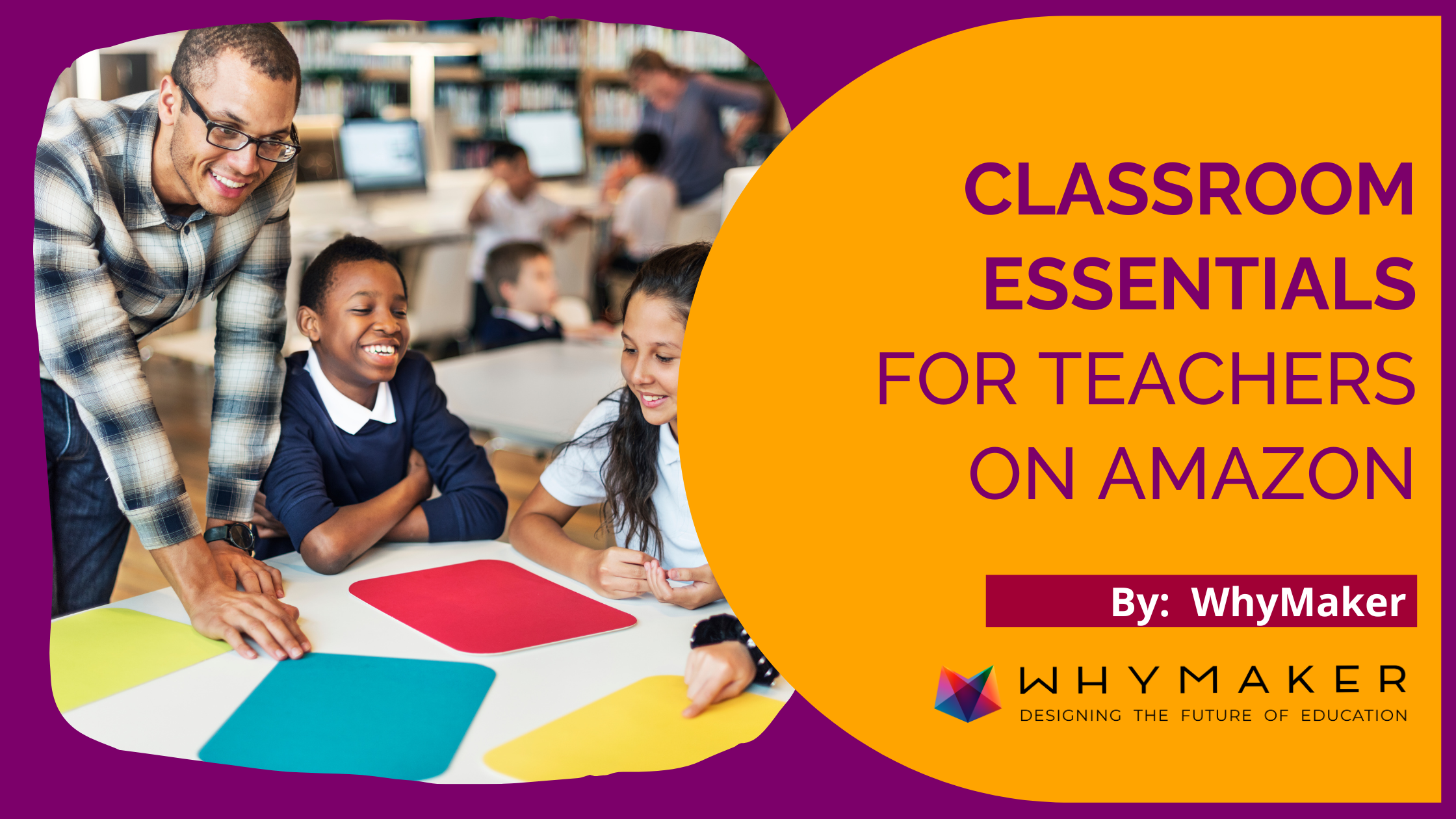February is national Career and Technical Education (CTE) month and is recognized nationally and regionally by educators, legislators and students. It was originally designated to raise awareness about the connection between CTE pathways and its impact on workforce development.
CTE is all about designing - whether it be the design of flight, fashion, welding, entrepreneurship, culinary techniques - the possibilities are endless! So how can we help support students in CTE with the tools and structure necessary to be successful lifelong learners? You can help your students achieve this by becoming expert design thinkers!
Using the steps from the, “Educator’s Guide to Design Thinking”, see what connections you can make in your own CTE area!
Discover
Big Idea: What is the situation?
How does this scenario connect to your content?
Examples of Application in CTE:
- Examining food waste in Culinary
- Providing shelter for stray animals in Construction
- Protecting yourself from cybersecurity risk (Networking/Computer Technician)
- Addressing consumer apprehension on purchasing electric cars (Automotive)
- How to encourage a healthy lifestyle (Medical Assisting)
- Investigating the use of toxins in the beauty industry (Cosmetology)
- Energy efficient residential/commercial design (Architecture/Construction)
- Taking a deep dive into whether AI is a friend or foe in your CTE content area? (All)
- Recruiting a more diverse population into CTE programs (All)
Empathize
Big Idea: How might we use the experiences and feelings of others in our project/process?
Examples of Application in CTE
- Surveying students/teachers in CTE programs and non-CTE programs
- Interviewing industry representatives
- Interviewing consumers
- Interviewing family members or other points of contact
- Empathy mapping
Brainstorm
Big Idea: Determine all of the potential ideas that can solve the problem
Examples of Application in CTE
- Using various methods to generate ideas:
- Drafting/Drawing
- Jamboard/Padlet
- Write/Sketch
- Sticky notes
- Menti
Plan
Big Idea: What do students need to know and what do they need to do to develop their solution?
Examples of Application in CTE
- Is this an opportunity for collaboration across CTE/Non-CTE areas?
- What resources do students need that are available and unavailable to them?
- What are the deadlines/timelines that students should follow?
Prototype
Big Idea: Build and create your proposed solution
Examples of Application in CTE
- Building and creating can happen digitally or hands-on. In many cases, CTE programs have the resources necessary to provide for hands-on work - take advantage of it!
- Test, test, test
Evaluate
Big Idea: Develop outcomes for students to measure their prototype against. What was a strength? What can be a future area of development?
Examples of Application in CTE
- Did this solution solve your problem?
- Revisit your Empathy stage - does this address the feedback you received?
- Can you survey users on your solution/result?
- If this is being used in real time, what data and measurements can you use for your programs?
Redesign and Reflect
Big Idea: If we had more resources (time, materials, knowledge, people power), then what would we be able to achieve?
Examples of Application in CTE
- Could your reflection period lead to seeking new industry partners or investments for your CTE program?
- Are there grants or advocacy options as you think about redesigning for the future?
Share
Big Idea: Students should have the opportunity to showcase their work
Examples of Application in CTE
- Teach CTE Month in February is the perfect opportunity to showcase student work!
- Does your school have a recruitment or expo week where these can be on display?
- Can you bring in an industry panel as an outside form of feedback?
- Can you collaborate with another CTE area to record a podcast, commercial or video to share out or post your outcome?
Other benefits of integrating design thinking into your CTE curriculum:
- The CTE program can provide the opportunity for cross curricular projects to enhance student learning
- Allows for the use of different types of resources, materials and technology
- Gives the space to use student reflections and formative assessments in your instruction
- See how you can leverage your needs that arise from the program approvals/re-approvals and your Comprehensive Local Needs Assessment (CLNA) into design thinking challenges for students
Want to learn more about Students as Designers? Purchase the Educator’s Guide to Design Thinking, or work directly with WhyMaker here. You can also take a look at the TeachCTE Month highlights throughout the month of February posted on the New York State Association for Career and Technical Education Instagram page, @nysacte.
About the Author:
Michele Leonardo has been in education for 6 years and holds certifications in Business Education, Work-Based Learning and Educational Technology. Prior to entering education, she worked in a variety of industries in the Human Resources field and recently completed her Master’s in Business Administration with a concentration in Marketing. Michele is passionate about the field of Career and Technical Education as she has been a participant in the Leadership Fellows Program at both the state and national level with NYSACTE and ACTE. She serves as a board member for LIBTA, NYSCREA and NYSACTE and enjoys the collaborative nature of educators working together to meet common goals.





